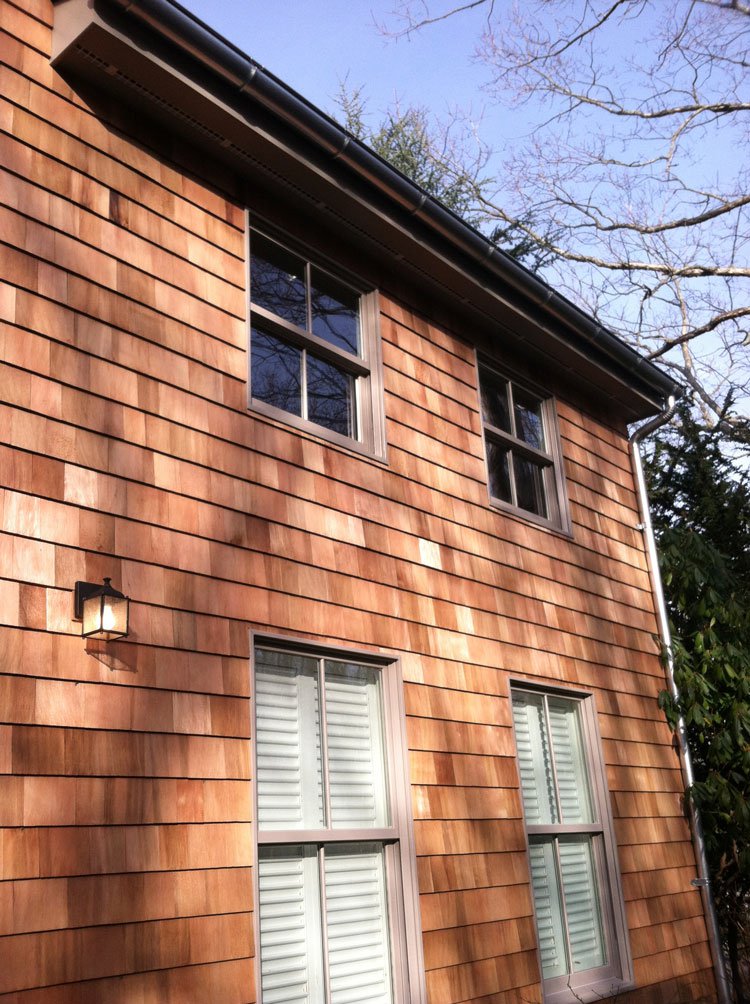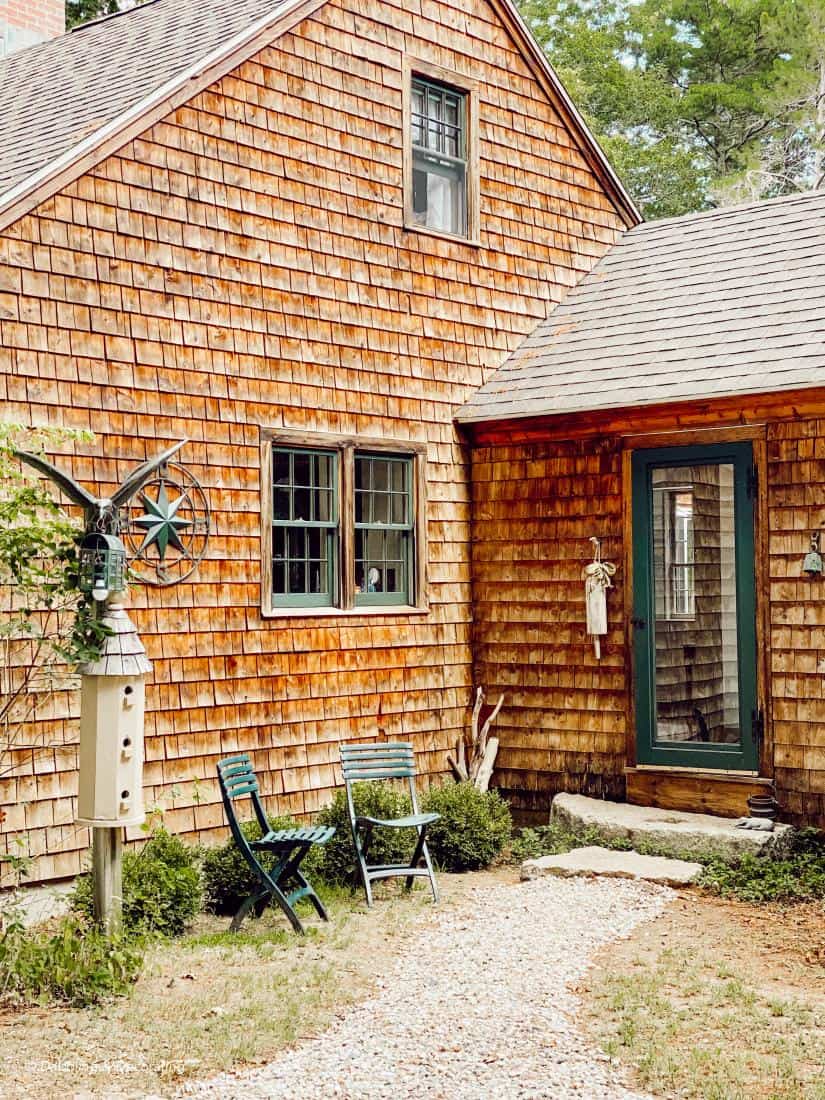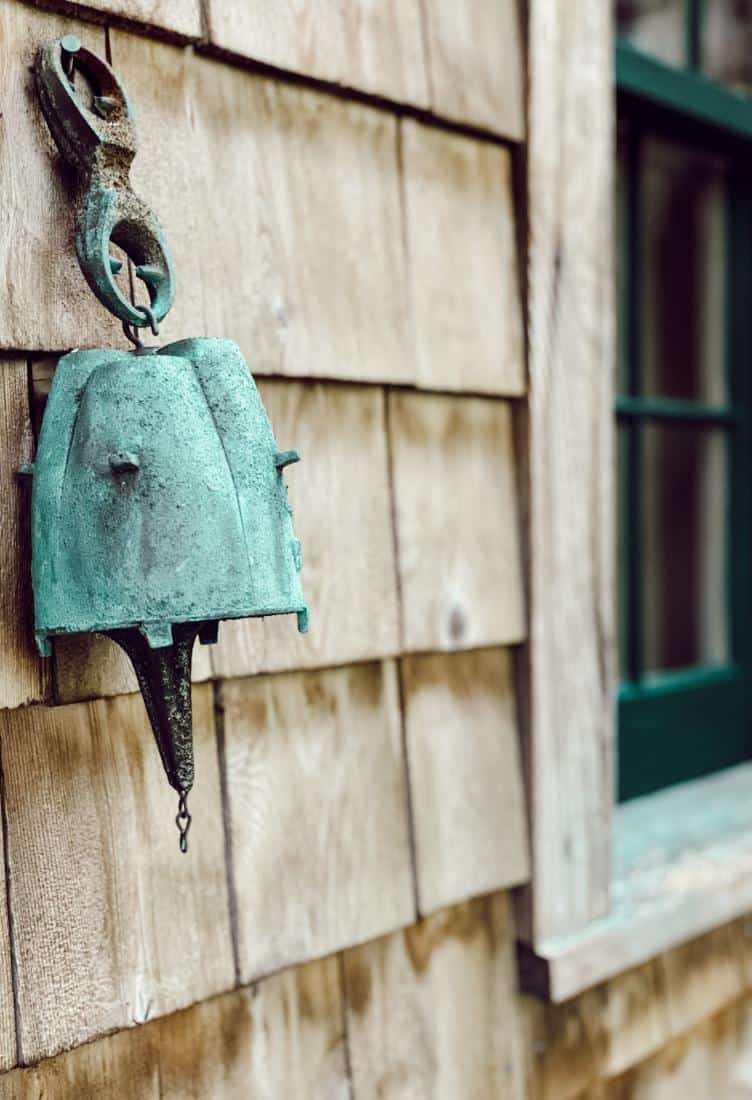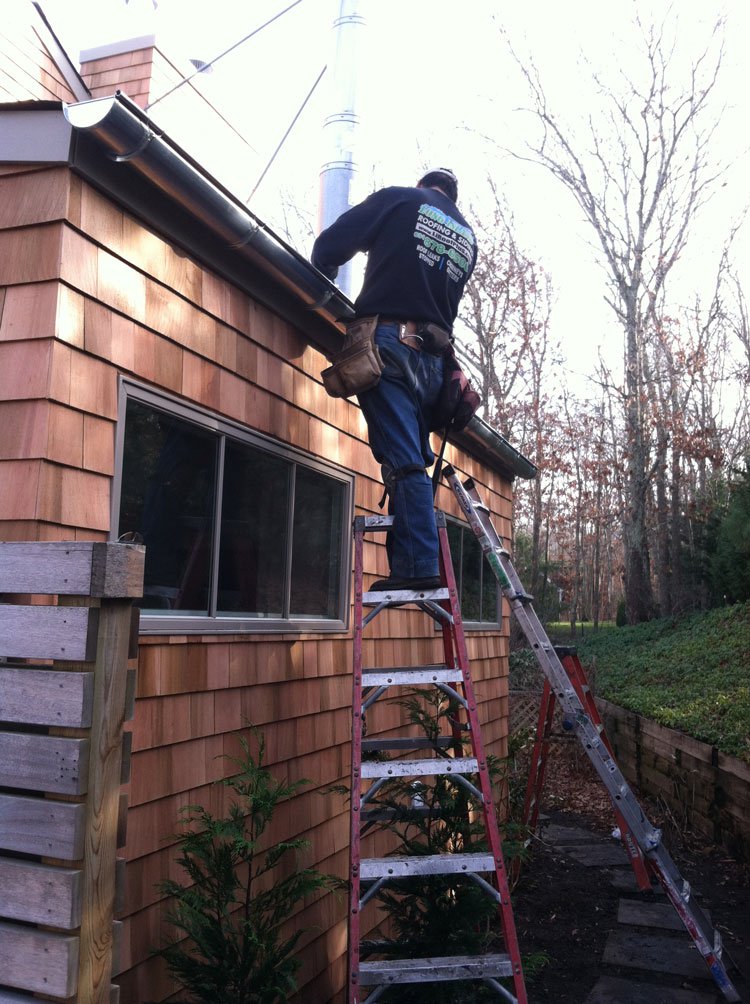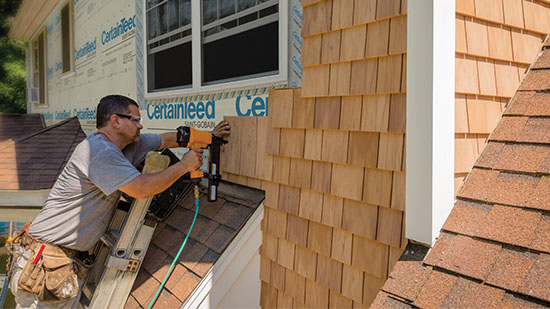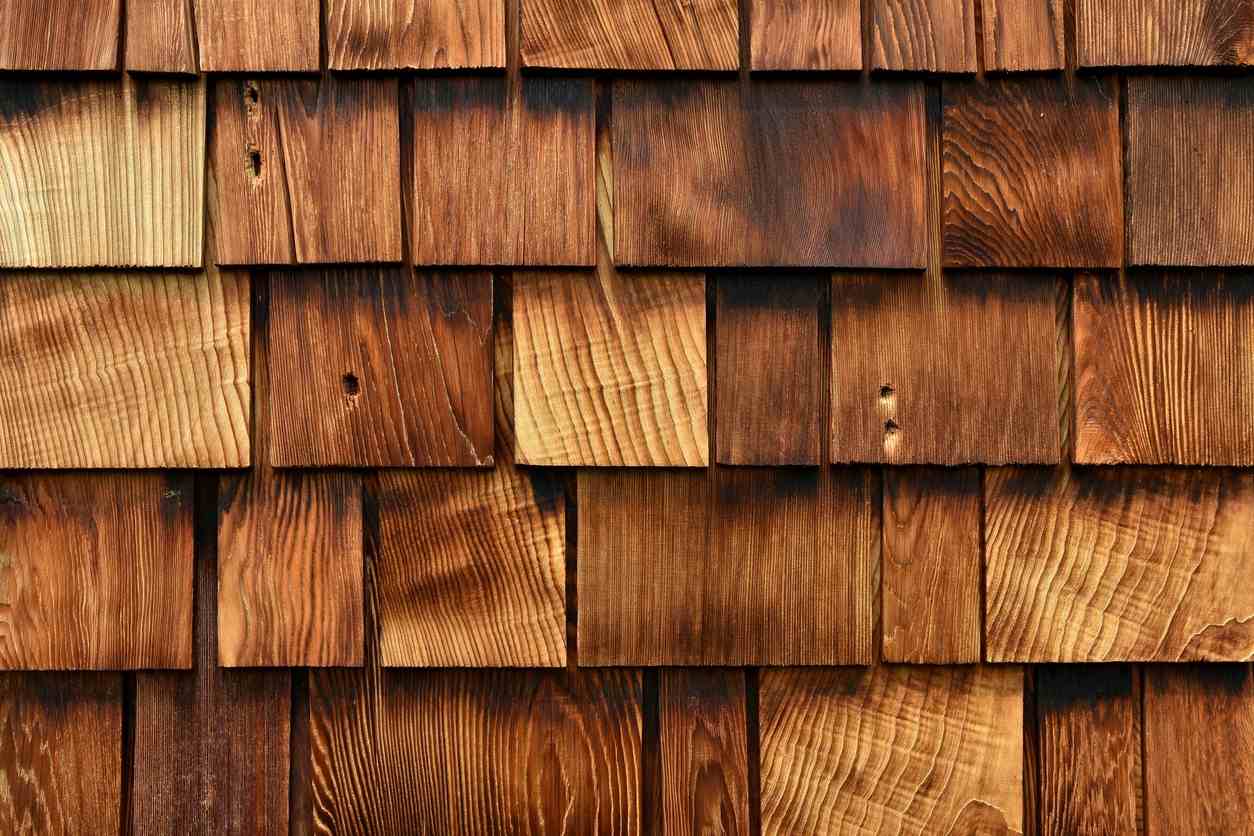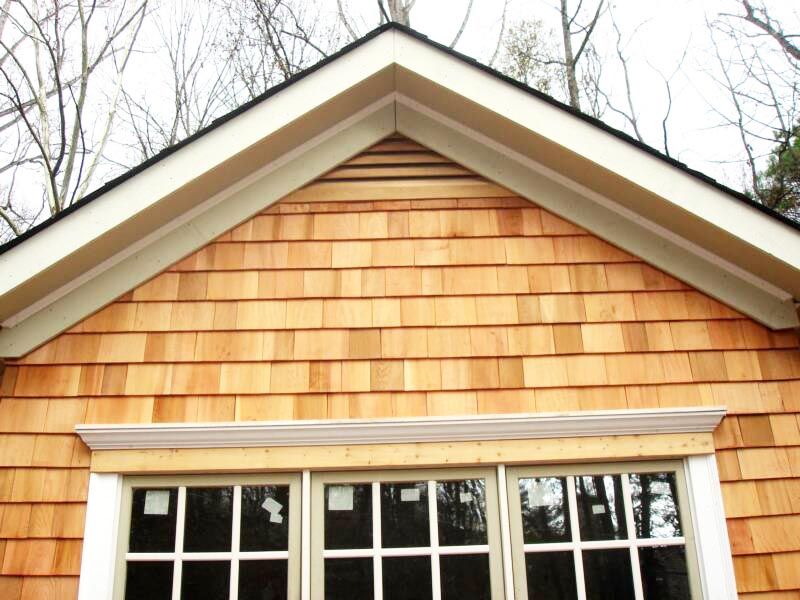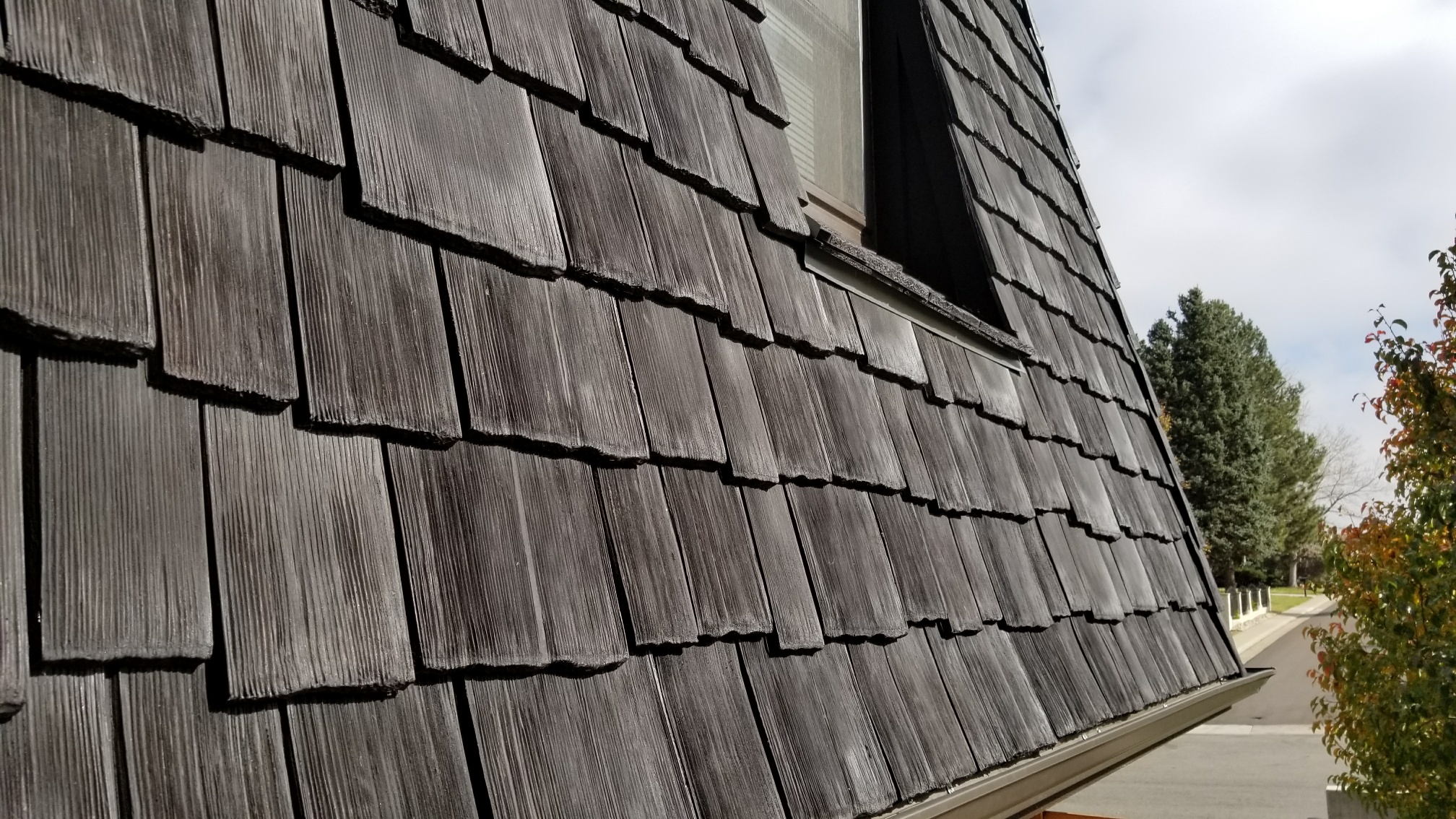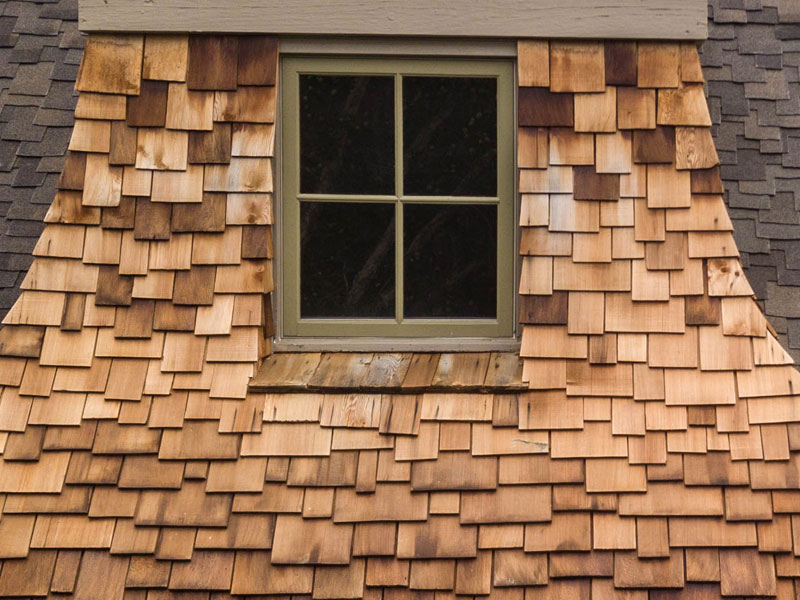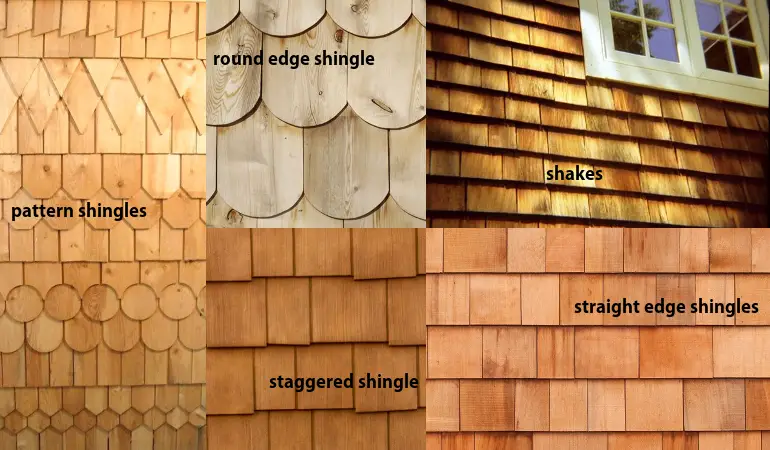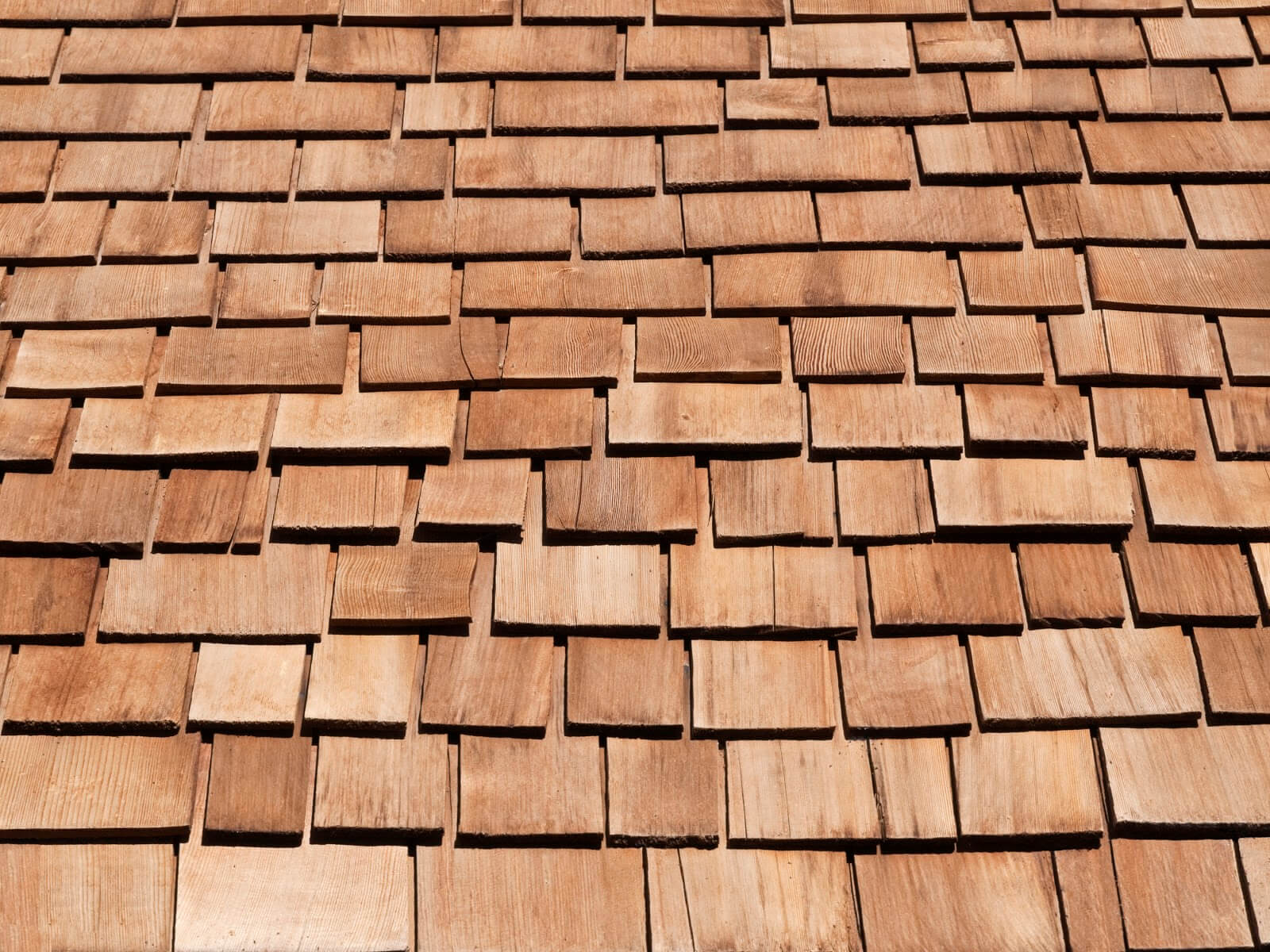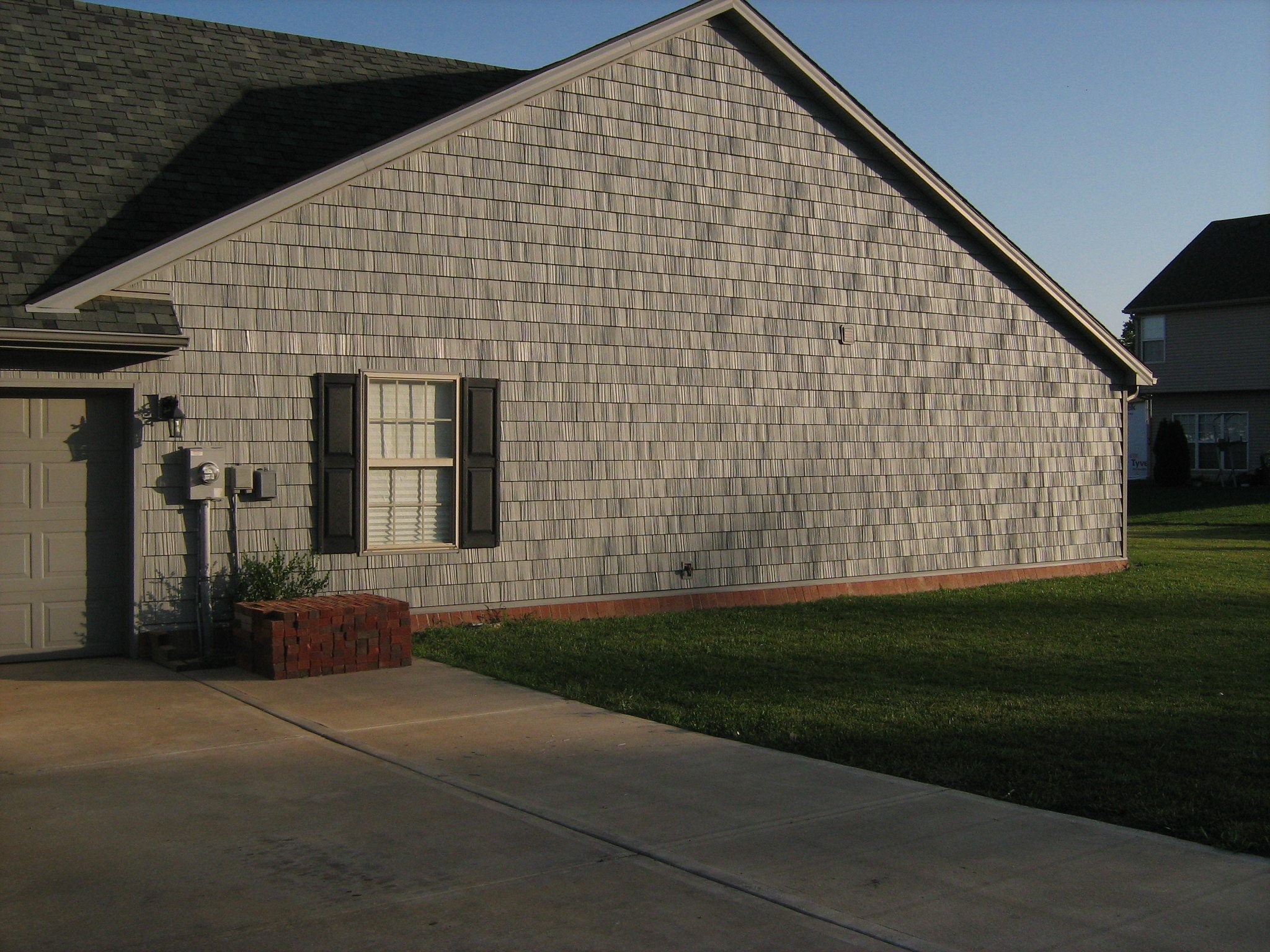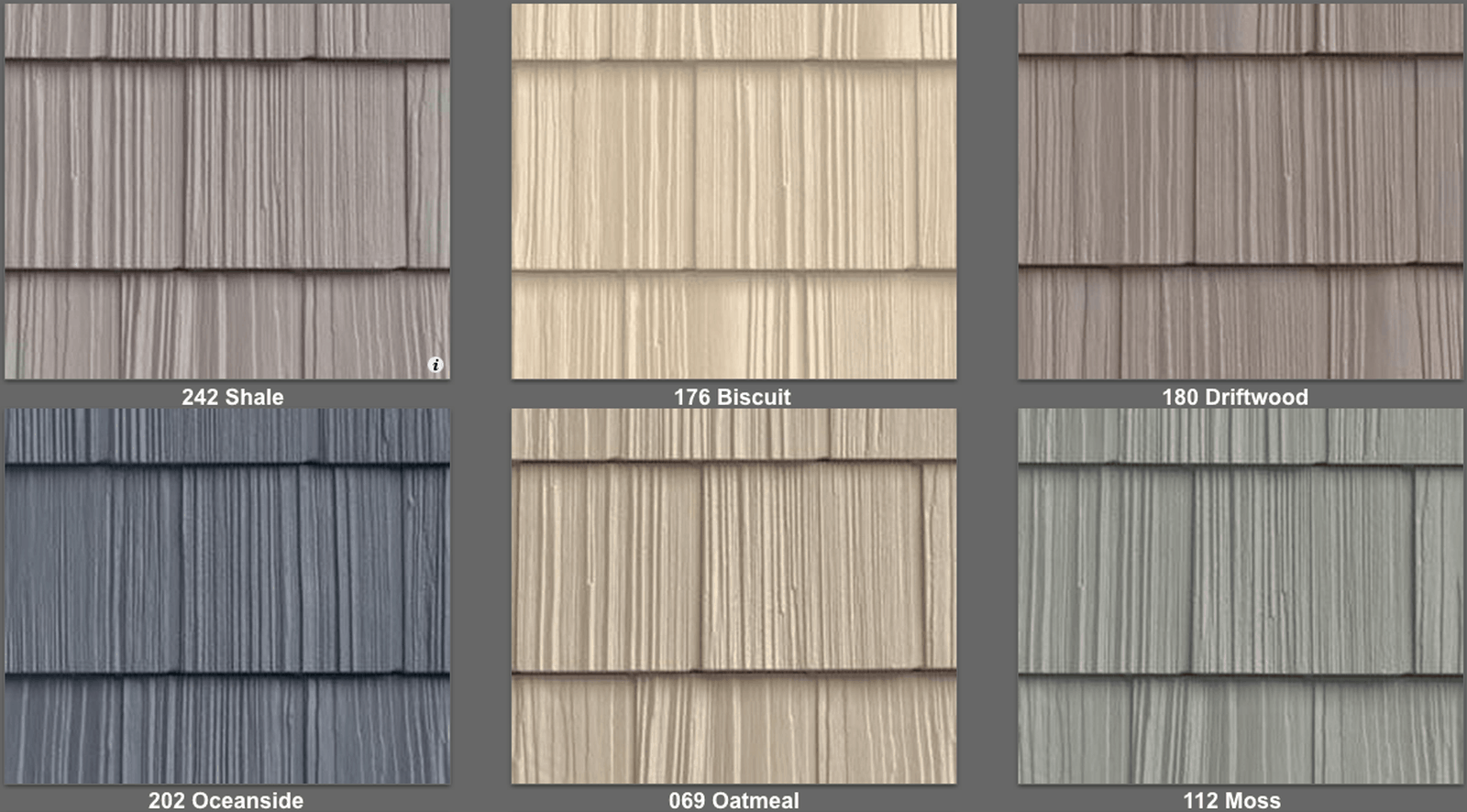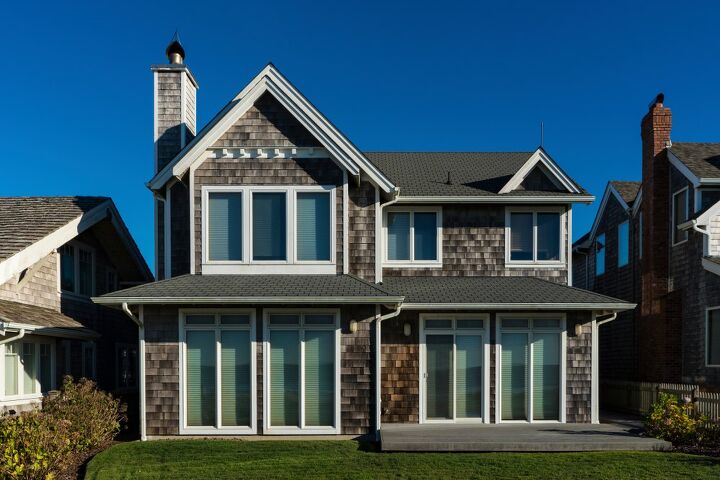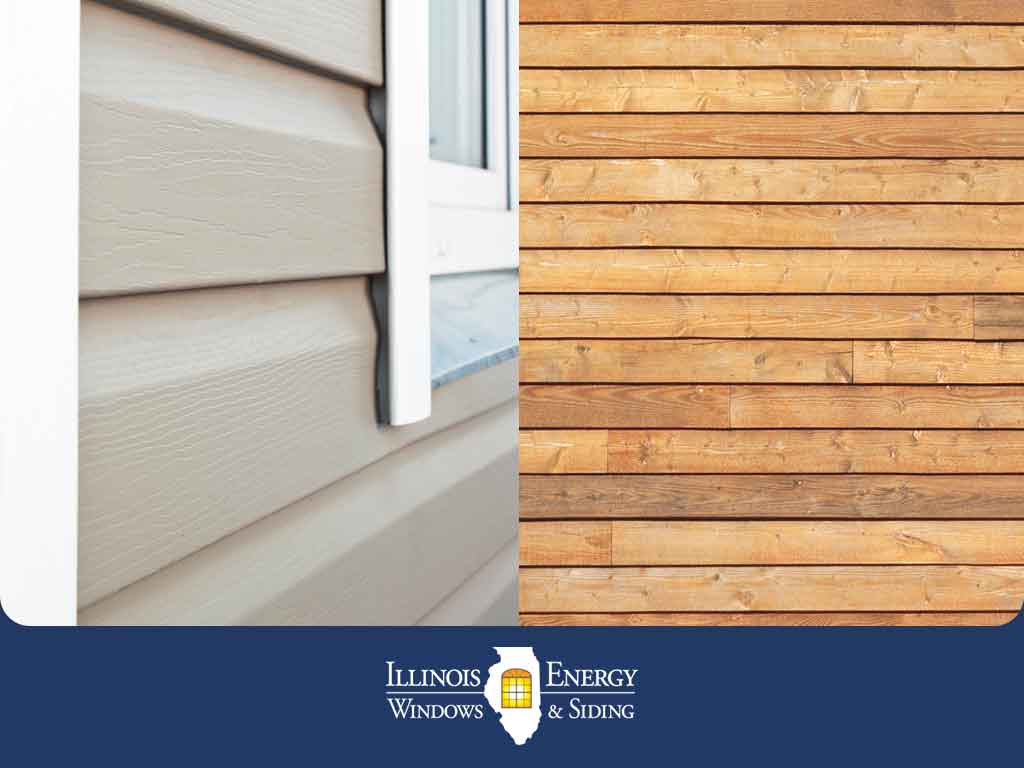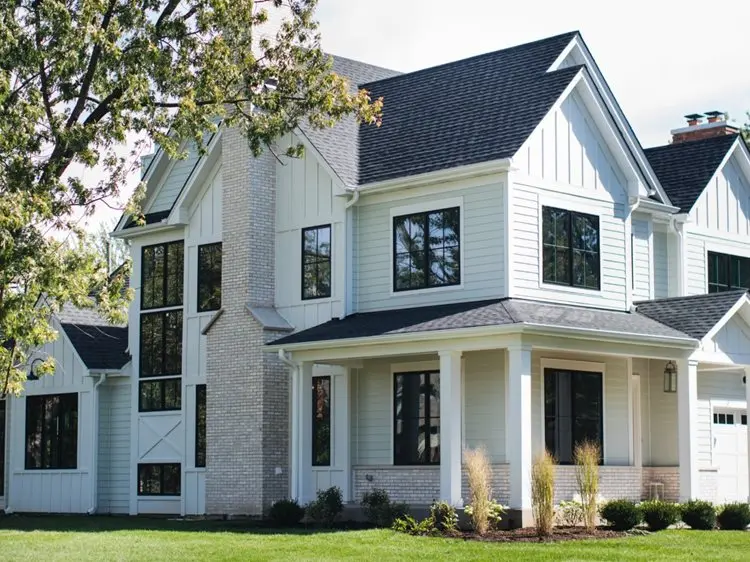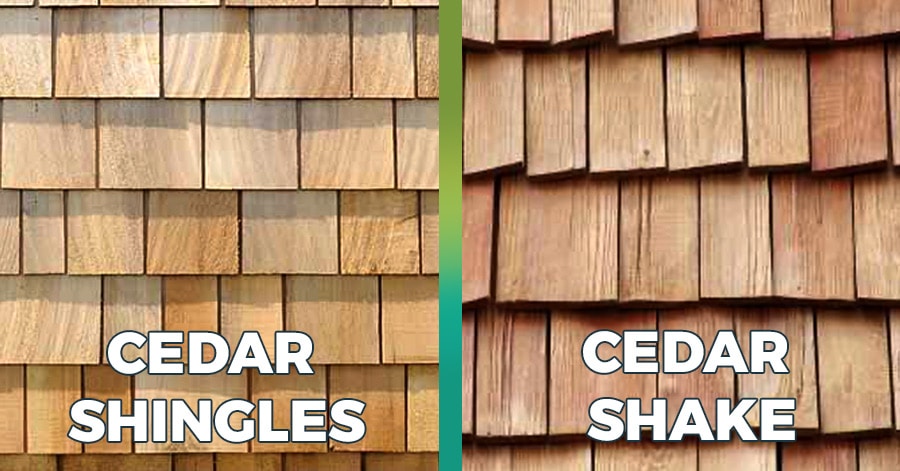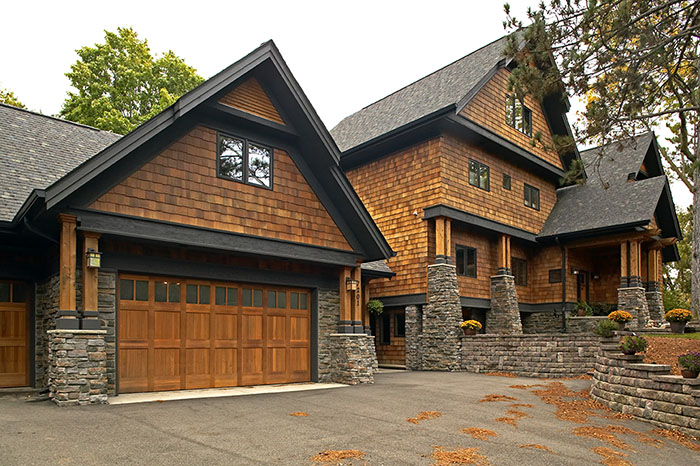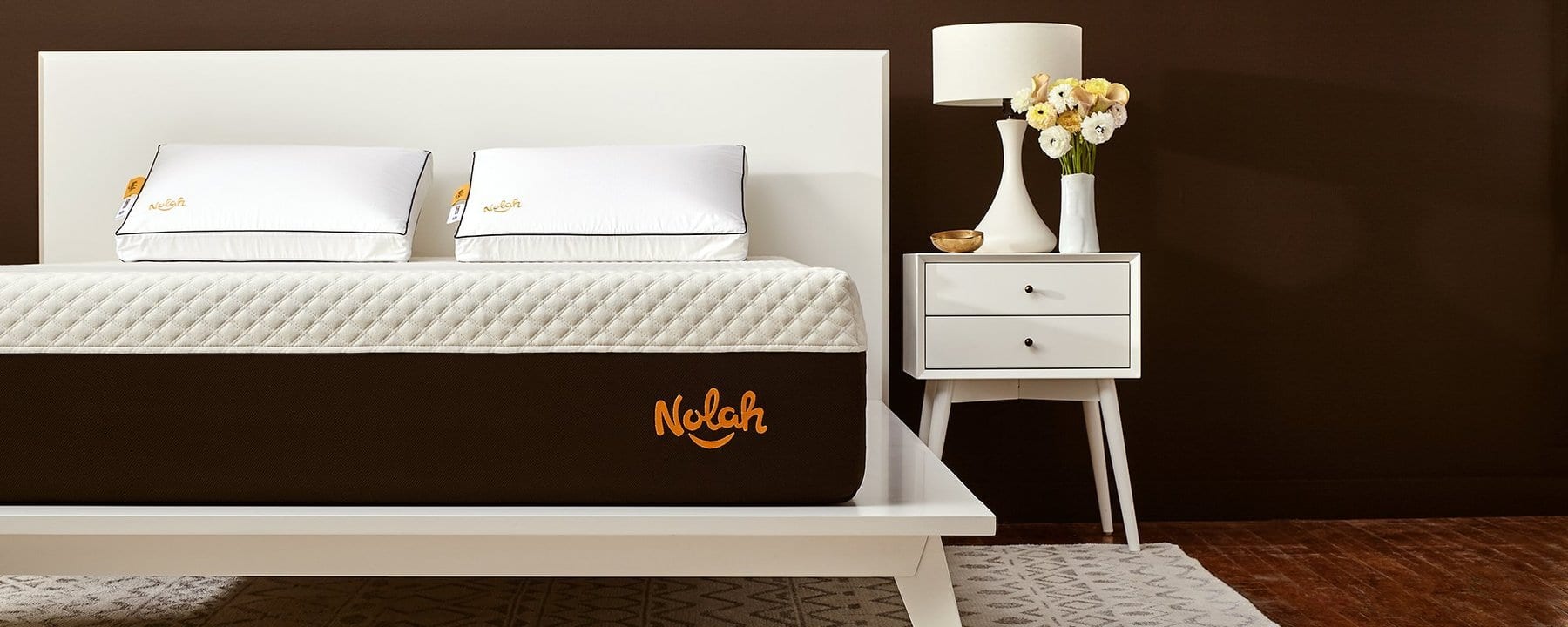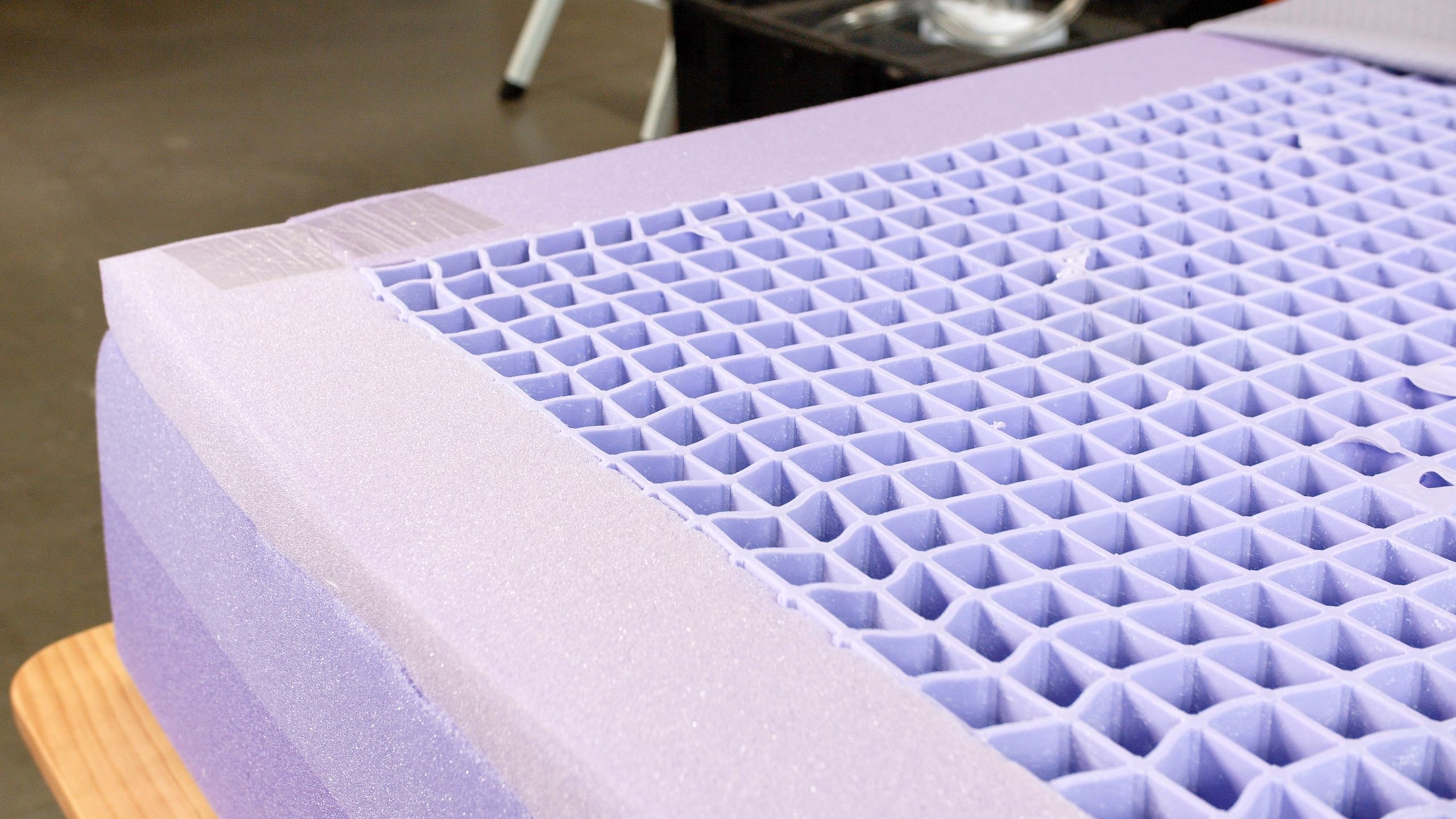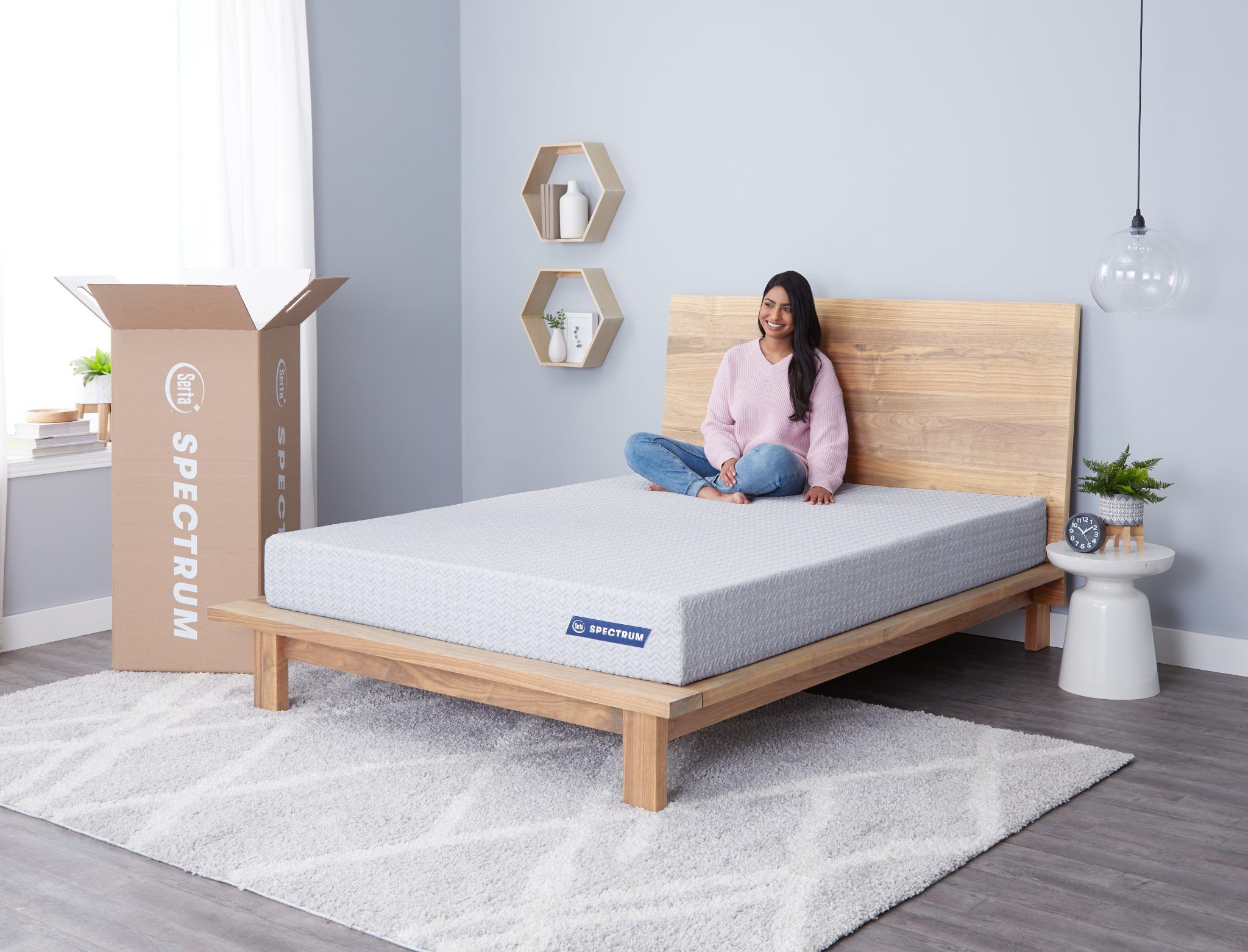Cedar shake siding has been a popular choice for homeowners for many years, and it's not hard to see why. This classic and rustic siding option offers a timeless look that can enhance the curb appeal and value of any home. But what exactly is cedar shake siding and why is it such a popular choice? In this article, we'll explore the top 10 things you need to know about cedar shake siding.Cedar Shake Siding: A Timeless and Durable Choice for Your Home
When it comes to home improvement projects, cost is always a factor to consider. So, how much does cedar shake siding cost? On average, the cost of cedar shake siding ranges from $6 to $12 per square foot, depending on the quality of the cedar, the size of your home, and the complexity of the installation. While this may seem like a significant investment, the durability and longevity of cedar shake siding make it a worthwhile choice in the long run.The Cost of Cedar Shake Siding: Is It Worth the Investment?
Installing cedar shake siding is a job best left to the professionals. The process involves measuring and cutting the cedar shakes to fit the size and shape of your home, then nailing them to the exterior walls. It's important to choose a reputable and experienced contractor to ensure the installation is done correctly, as any mistakes can lead to water damage or other issues down the line.The Installation Process: What to Expect
One of the great things about cedar shake siding is that it requires minimal maintenance. However, to ensure its longevity, there are a few things you can do to keep your siding looking its best. These include regularly cleaning off any debris, checking for and repairing any damaged or loose shakes, and applying a protective sealant every few years to prevent rot and weathering.Maintaining Your Cedar Shake Siding: Tips for Longevity
Cedar shake siding comes in a variety of natural colors, from light browns to deep reds. When choosing the color for your home, it's essential to consider the existing exterior features, such as the roof and trim color, to ensure everything harmonizes. Additionally, consider the overall look and feel you want for your home, whether it's a more rustic or modern aesthetic.Choosing the Right Color: Enhancing Your Home's Aesthetic
There are a few different styles of cedar shake siding to choose from, each offering a unique look for your home. Traditional cedar shakes are hand-split and have a rough, uneven appearance, while machine-cut cedar shakes are smoother and more uniform. Shingles, on the other hand, are thinner and have a neater appearance. Ultimately, the style you choose will depend on your personal preference and the style of your home.Exploring Different Styles of Cedar Shake Siding
Like any home exterior option, cedar shake siding has its own set of pros and cons. On the plus side, it offers a beautiful and natural look, is highly durable and long-lasting, and can increase your home's value. However, it can be expensive, requires professional installation, and may require more maintenance than other siding options.The Pros and Cons of Cedar Shake Siding
When it comes to siding options, vinyl is often seen as a more affordable and low-maintenance alternative to cedar shake. While vinyl siding does offer these benefits, it can't compete with the timeless and natural look of cedar shake. Additionally, vinyl can become brittle and crack over time, while cedar shake can last for decades with proper maintenance.Cedar Shake Siding vs. Vinyl Siding: A Comparison
Another popular siding option is Hardie board, a fiber cement material that mimics the look of wood. While Hardie board is more durable and lower maintenance than cedar shake, it can't match the authentic and rustic appearance of real cedar. Additionally, Hardie board can be more expensive and time-consuming to install.Cedar Shake Siding vs. Hardie Board: Which Is Right for You?
Lastly, let's take a look at the difference between cedar shake and other types of wood siding. While both offer a natural and warm aesthetic, cedar shake is more durable and resistant to rot and insects than traditional wood siding. It also requires less maintenance and can last longer, making it a more cost-effective choice in the long run.Cedar Shake Siding vs. Wood Siding: A Close Comparison
The Benefits of Choosing Cedar Shake Siding for Your Home

Enhances Curb Appeal
 One of the main reasons homeowners choose
cedar shake siding
for their homes is its unparalleled beauty and natural charm. With its unique grain patterns, warm tones, and rich texture,
cedar shakes
can add character and enhance the curb appeal of any house. This type of siding can give your home a timeless and elegant look that will make it stand out in the neighborhood.
One of the main reasons homeowners choose
cedar shake siding
for their homes is its unparalleled beauty and natural charm. With its unique grain patterns, warm tones, and rich texture,
cedar shakes
can add character and enhance the curb appeal of any house. This type of siding can give your home a timeless and elegant look that will make it stand out in the neighborhood.
Durability and Longevity
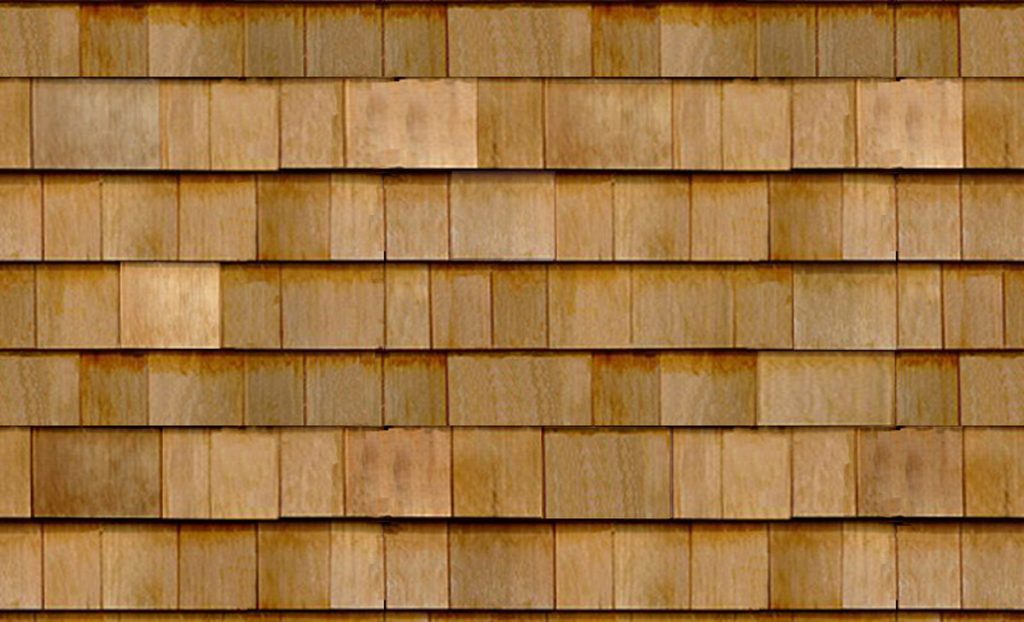 Aside from its aesthetic appeal,
cedar shake siding
is also known for its durability and longevity.
Cedar
is a hardwood that is naturally resistant to rot, decay, and insect infestations, making it a popular choice for outdoor applications. When properly installed and maintained,
cedar shakes
can last for decades, with some even lasting up to 50 years. This makes it a cost-effective option for homeowners in the long run.
Aside from its aesthetic appeal,
cedar shake siding
is also known for its durability and longevity.
Cedar
is a hardwood that is naturally resistant to rot, decay, and insect infestations, making it a popular choice for outdoor applications. When properly installed and maintained,
cedar shakes
can last for decades, with some even lasting up to 50 years. This makes it a cost-effective option for homeowners in the long run.
Natural Insulation
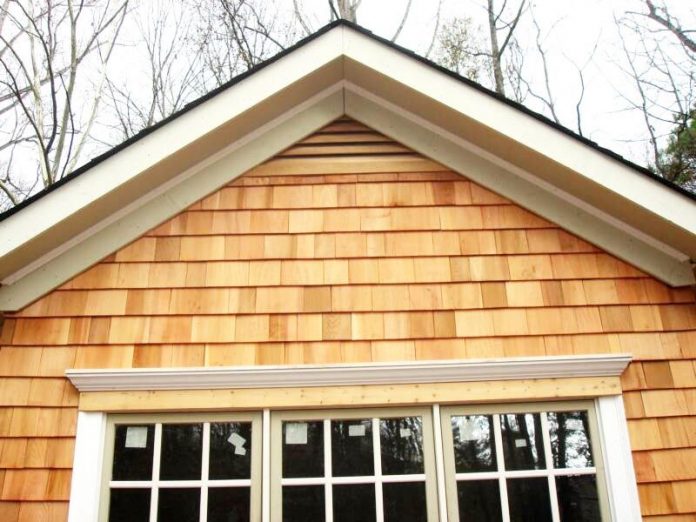 Another advantage of
cedar shake siding
is its natural insulation properties.
Cedar
is a natural insulator, meaning it can help regulate the temperature inside your home, keeping it cool in the summer and warm in the winter. This can help reduce your energy bills and make your home more energy-efficient. Additionally, the air gaps between the shakes provide an extra layer of insulation, making your home even more comfortable.
Another advantage of
cedar shake siding
is its natural insulation properties.
Cedar
is a natural insulator, meaning it can help regulate the temperature inside your home, keeping it cool in the summer and warm in the winter. This can help reduce your energy bills and make your home more energy-efficient. Additionally, the air gaps between the shakes provide an extra layer of insulation, making your home even more comfortable.
Low Maintenance
 Compared to other types of siding,
cedar shakes
require minimal maintenance. They do not need to be painted or stained regularly, and they are resistant to warping and cracking. All it takes is occasional cleaning and inspection to ensure they are in good condition. If any repairs are needed, individual shakes can be replaced, making it a convenient and cost-effective option for homeowners.
In conclusion,
cedar shake siding
offers a combination of beauty, durability, and energy efficiency that makes it a popular choice for homeowners. With its natural appeal, long lifespan, and low maintenance, it is a great investment for any home. Consider choosing
cedar
for your home's exterior to give it a timeless and charming look that will last for years to come.
Compared to other types of siding,
cedar shakes
require minimal maintenance. They do not need to be painted or stained regularly, and they are resistant to warping and cracking. All it takes is occasional cleaning and inspection to ensure they are in good condition. If any repairs are needed, individual shakes can be replaced, making it a convenient and cost-effective option for homeowners.
In conclusion,
cedar shake siding
offers a combination of beauty, durability, and energy efficiency that makes it a popular choice for homeowners. With its natural appeal, long lifespan, and low maintenance, it is a great investment for any home. Consider choosing
cedar
for your home's exterior to give it a timeless and charming look that will last for years to come.
